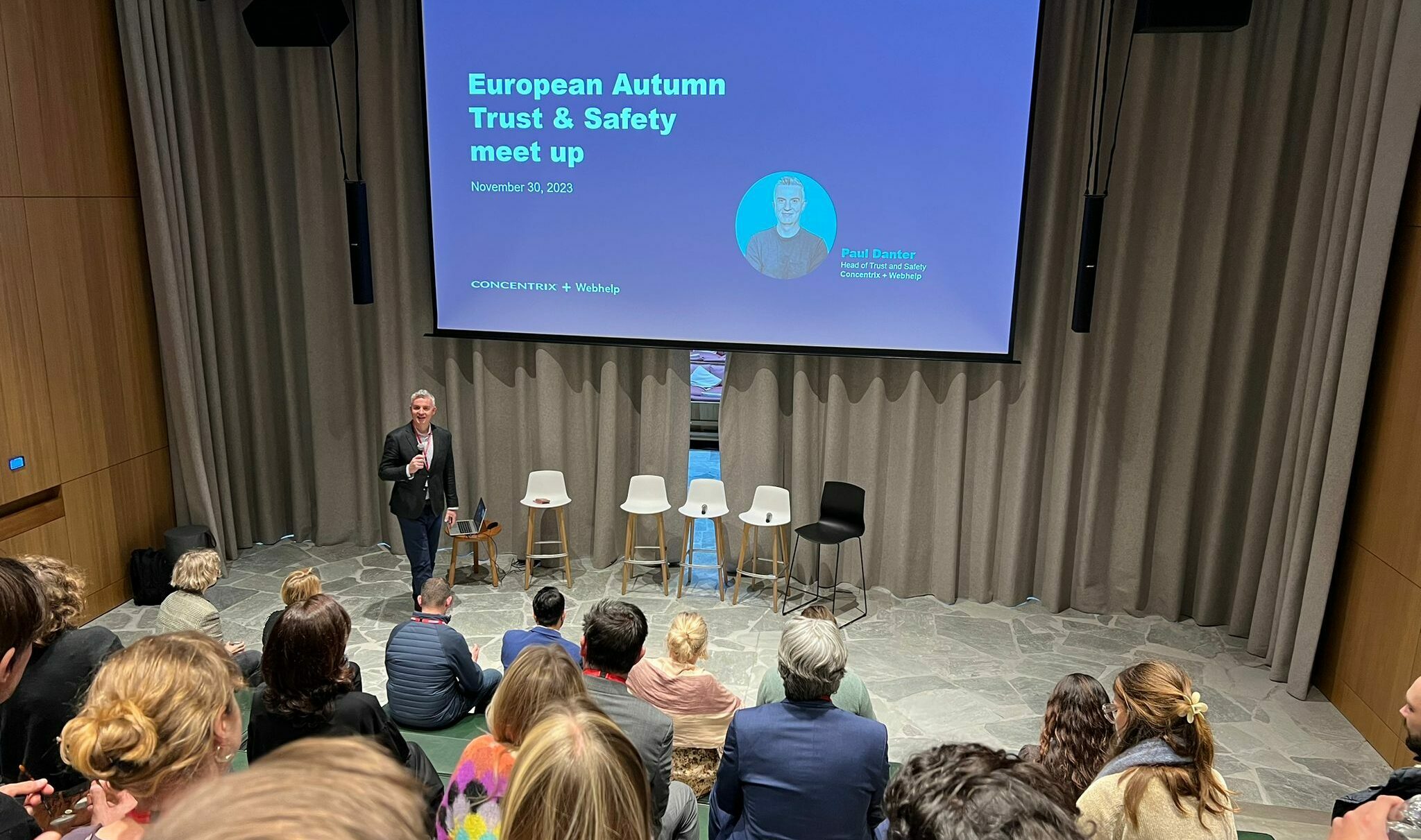In the early days of customer management outsourcing, cost reduction was pretty much the only show in town. You might be forgiven for thinking that, in some organisations, not much has changed. In last year’s Global Contact Centre Benchmarking Report, which has monitored the evolution of customer management practice for fifteen years now, the number of organisations quoting the need to ‘save money’ as their principal motivation to outsource had doubled. A knee-jerk reaction to several years of recession and economic stagnation I’m sure, but a backward step nonetheless.
A draconian focus on cost reduction is likely to send service quality on a dangerous downward trajectory. When that happens, customer relationships quickly come under threat and revenues suffer. Organisations have relied upon outsourced service providers’ much vaunted ‘economies of scale’ to drive down cost but, the truth is those economies are far from infinite. Any business that has been outsourcing customer management operations for any length of time is likely to have exhausted them.
Does that mean then, that outsourcing has nothing more to offer?
By no means, new outsourcing models are emerging that move beyond incremental cost reduction to a dramatic financial realignment, as the fixed asset costs associated with physical and human infrastructure are transferred from the client organisation to the outsourced service provider (OSP). This transfer of assets, combined with a commitment to transform customer management performance, is giving new impetus to outsourcing and fresh hope to organisations struggling to keep pace with their customers’ growing demands for 24-hour omni-channel service.
That fresh hope arises from the OSP’s ability to reinvigorate customer management operations; to introduce new technologies and areas of skill and to help facilitate the evolution of omni-channel service delivery.
We know that, over the past ten years or so, the percentage of customer interactions managed via the voice channel has fallen from around 90% to 33%1. This is generating fundamental changes in infrastructure, skills and technology requirements that few organisations have yet come to terms with. As the voice channel declines, the physical buildings that house dedicated contact centre operations become an asset liability. As digital channels rise, the need to invest in technology and skills to support them translates into a tough investment challenge. In short, the evolutionary journey towards omni-channel customer management is one that most organisations are keen to take – their customers demand it and the long term economics are compelling – but they are desperately looking for ways to offset the price of the ticket.
Forward thinking OSPs understand the dilemma and have catered for it. They have shown themselves willing and able to take over existing facilities and workforces and enhance their performance, introducing the skills, processes and vital technology infrastructures needed for integrated omni-channel customer management.
By Webhelp UK CEO David Turner. Read more on business transformation and carve outs HERE

![[Fashion] Choosing the right partners to grow your business in 2024, at a time when trust is fragile](https://media.webhelp.com/wp-content/uploads/2023/12/21090253/Office-Showcase-2.png)


